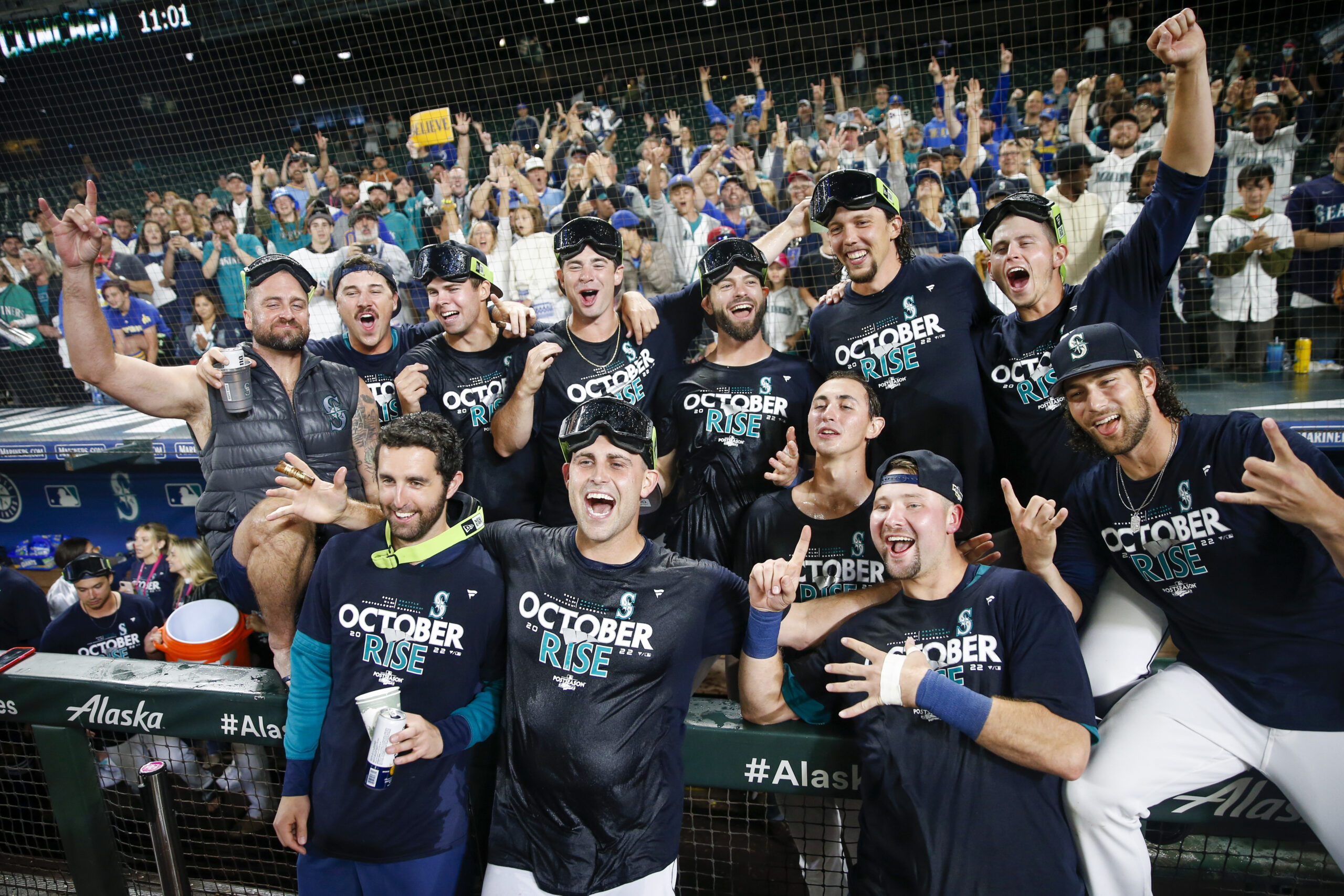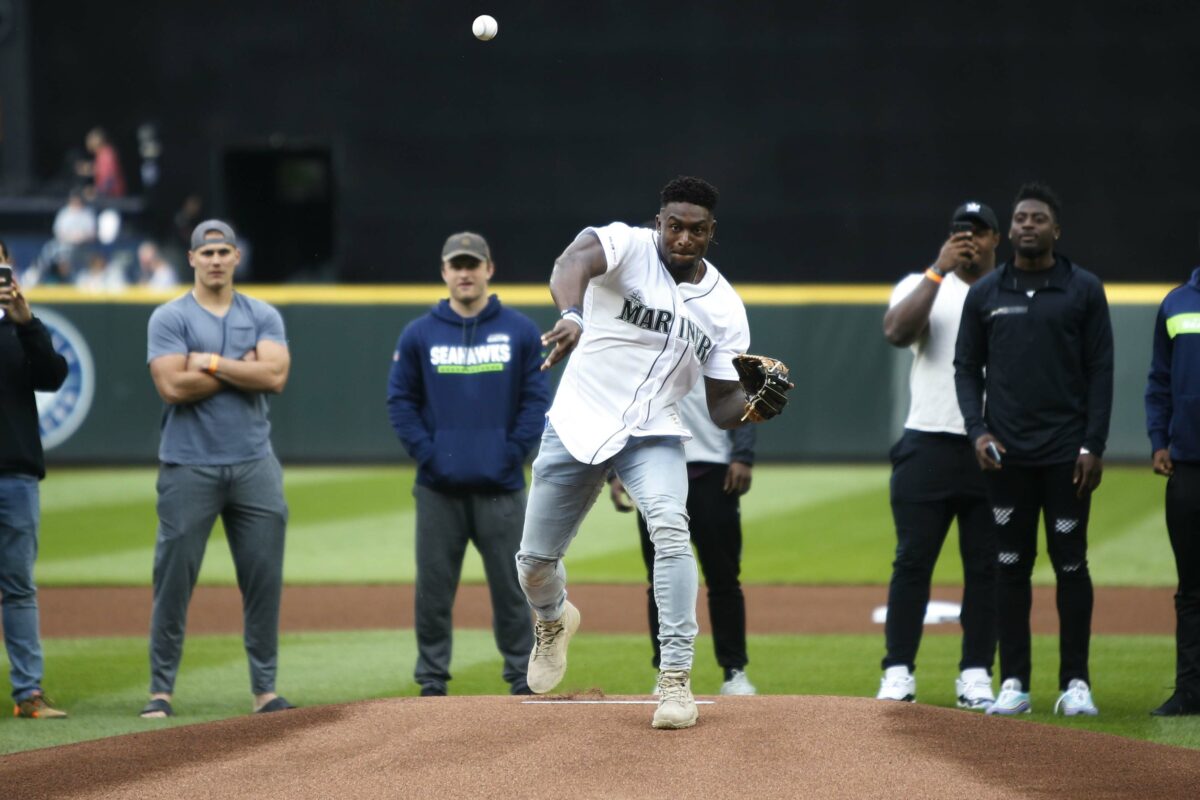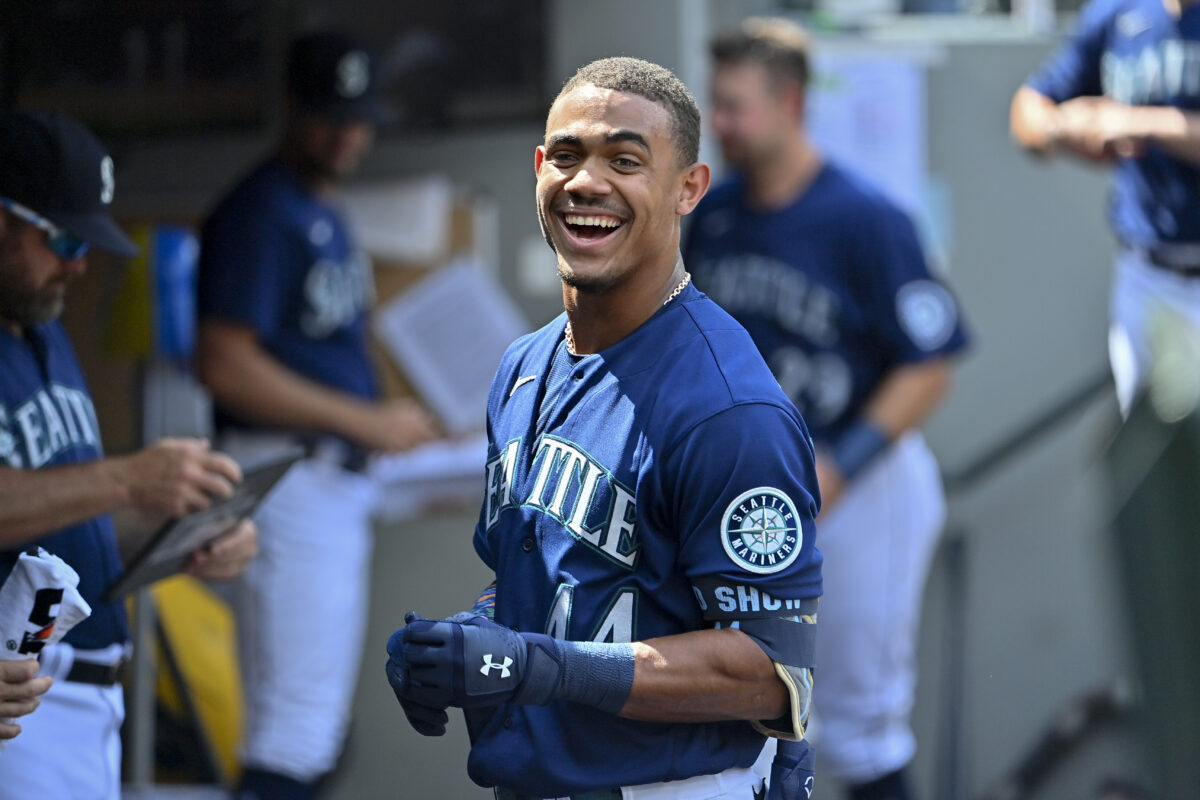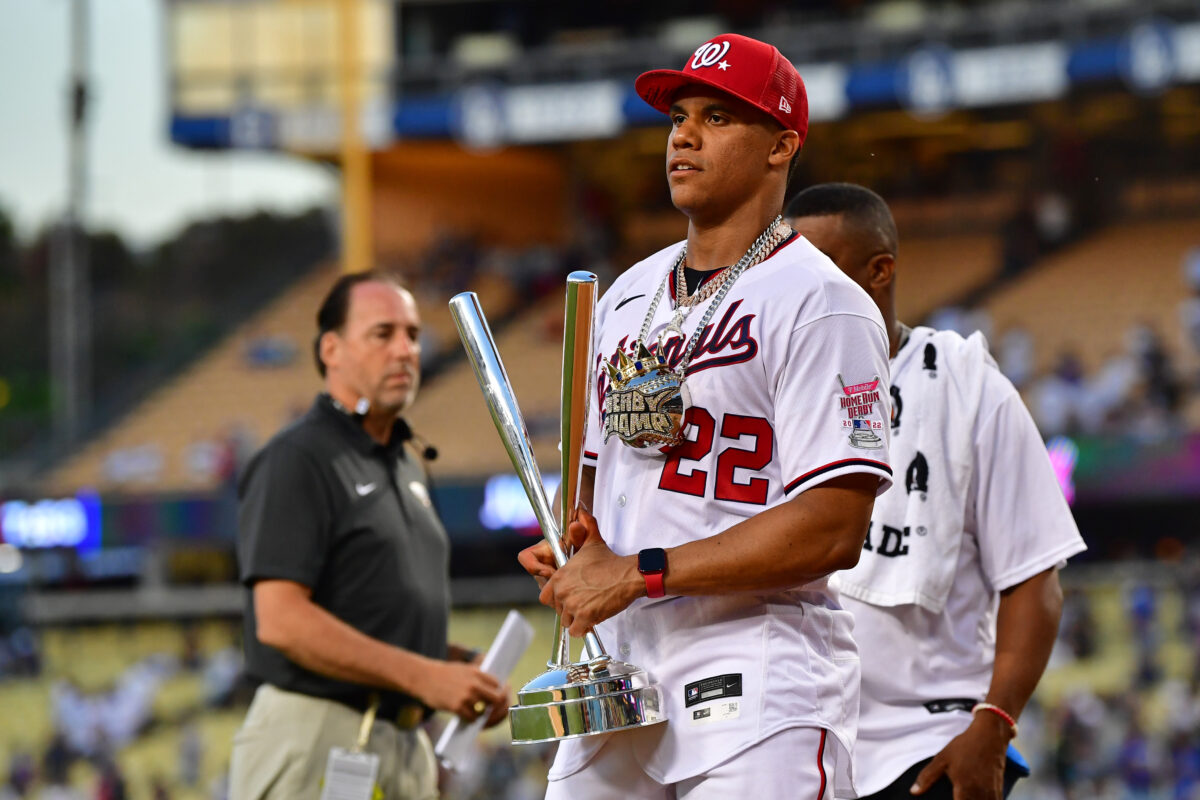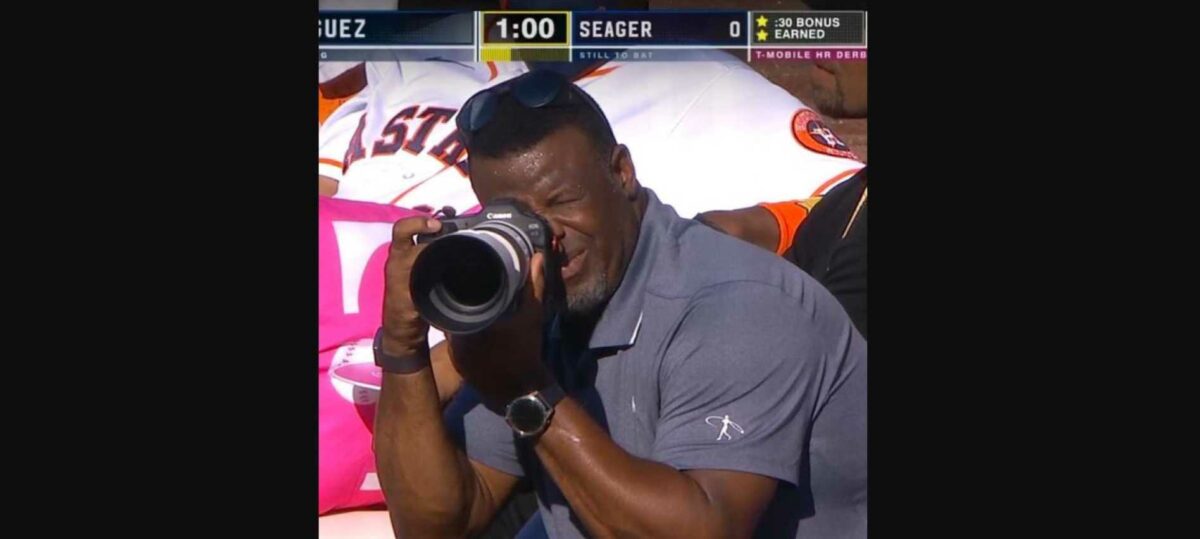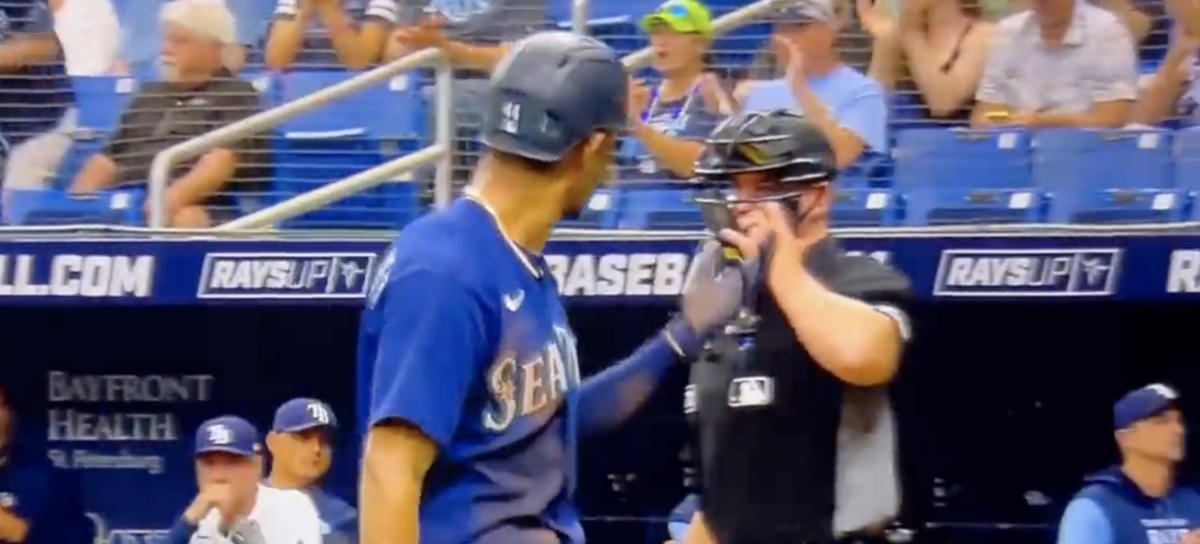MLB might’ve dodged controversy this time around but won’t always be so lucky.
The Home Run Derby took place Monday, and it wasn’t without controversy in the sports betting community. Some of the results are being called into question, but not all of the outrage is warranted.
One of the things being questioned is Kyle Schwarber’s shocking loss to Albert Pujols in the first round. Schwarber had the second-shortest odds to win the entire event and was heavily favored over Pujols, who had the longest odds.
Because they were tied at 13 after regulation and bonus time, Schwarber and Pujols had a 60 second swing-off in which Pujols went first and hit seven home runs to reach 20. Schwarber started cold before hitting a flurry of homers in the back-half of his time and finishing with 19, just one shy of Pujols.
So what happened?
Bettors weren’t happy about a home run that wasn’t counted in that flurry, but I went back reviewed the tape, and I think ESPN got it right. The home run in question, which would’ve been No. 17, actually didn’t clear the wall. It came close, and broadcaster Karl Ravech incorrectly called it a home run, but it wasn’t. Every home run Ravech announced from there was one too many. Schwarber hit just six home runs in the swing-off, and lost fair and square to a legend.
The real blown call
The more egregious miss was in the final round when eventual champion Juan Soto was granted home run No. 15 at the end of his regulation time despite the pitch coming after the clock hit zero. That home run shouldn’t have counted, though it probably didn’t affect the outcome of the Derby. Soto was still likely to win after easily passing Julio Rodríguez’s 18 home runs with 14 seconds left to spare in bonus time. Watching the tape, he actually appeared to beat Rodríguez’s score twice after one of his bonus-time homers wasn’t counted. He only needed 19. He hit 20, as Eduardo Perez correctly pointed out on the broadcast.
One mistake was corrected by another. And that’s two too many. Even if money wagered ultimately ended up in the right hands, that can’t happen. The optics are bad. If the biggest error here is that ESPN’s cameras were unable to keep up, that’s only because pitches were allowed before previous balls landed — which officials were there to prevent.
Exhibition or not, events sanctioned for betting need to have a level of integrity necessary to maintain public trust. If rules are treated as mere guidelines to be loosely enforced, the door for controversy is left wide open. That’s what we have now. Major League Baseball has some cleaning up to do if they want to prevent more of this in the future.
[listicle id=1931762]
[mm-video type=video id=01g897h1nbcxv8h31gbt playlist_id=none player_id=none image=https://images2.minutemediacdn.com/image/upload/video/thumbnail/mmplus/01g897h1nbcxv8h31gbt/01g897h1nbcxv8h31gbt-db7df85b5beea417fc313e6da5e87d36.jpg]
